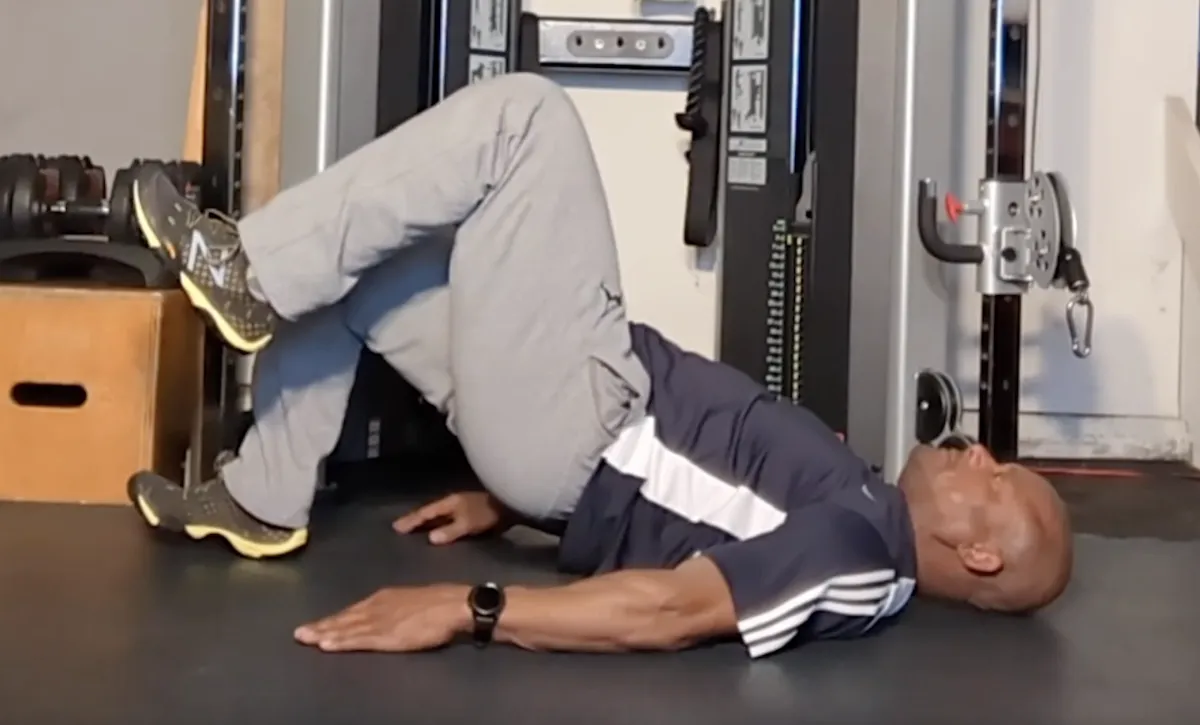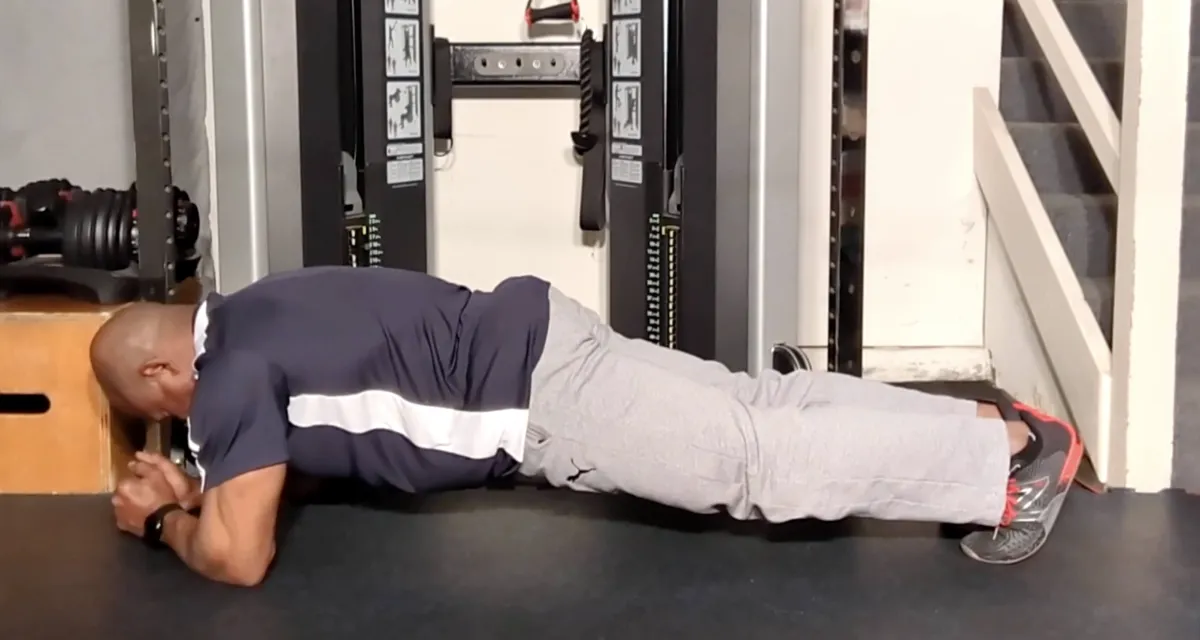
RESOURCES

Low Impact Workouts for for People with Knee Pain
Knee pain can be a significant barrier to maintaining an active lifestyle, but it doesn't have to sideline you completely. Incorporating low-impact exercises into your routine can help alleviate discomfort, strengthen the muscles supporting your knee, and improve overall joint function. Here are some gentle yet effective workouts to consider:

1. Swimming
Swimming provides a full-body workout without placing stress on your knee joints. The buoyancy of the water supports your body, allowing you to engage in cardiovascular exercise and muscle strengthening simultaneously. Swimming laps or participating in water aerobics can enhance flexibility and endurance while minimizing knee strain.
2. Cycling
Using a stationary or regular bike offers a controlled, low-impact environment to improve knee mobility and build leg strength. Adjust the seat height to ensure a comfortable range of motion, and start with shorter sessions, gradually increasing duration as tolerated. Cycling helps maintain cardiovascular health and can aid in weight management, reducing additional stress on the knees.

3. Yoga
Gentle yoga poses can enhance flexibility, balance, and strength. Focus on movements that don't require deep knee bends or place excessive pressure on the joints. Poses like the "Warrior I" and "Bridge" can be beneficial. Always listen to your body and modify poses as needed to avoid discomfort.
4. Pilates
Pilates emphasizes core strength, alignment, and controlled movements. Many exercises can be adapted to avoid stressing the knees. For instance, leg lifts and gentle stretching routines can improve muscle balance and support around the knee joint. Working with a certified instructor can help tailor a program suited to your needs.
5. Elliptical Training
Elliptical machines provide a low-impact cardiovascular workout that mimics walking or running without the associated joint stress. Adjust the resistance and incline to match your fitness level, and maintain proper posture to ensure an effective and safe workout.

6. Strength Training
Building strength in the muscles around the knee, such as the quadriceps, hamstrings, and glutes, can provide better support and reduce pain. Focus on low-impact exercises like seated leg presses, hamstring curls, and calf raises. Using resistance bands can also be an effective way to add resistance without adding stress to the joints. Always use proper form and start with lighter weights, gradually increasing as your strength improves.
7. Stretching
Regular stretching can alleviate tension and improve flexibility. Incorporate stretches targeting the hip flexors, calves, and hamstrings. For example, the "Windshield Wipers" stretch involves lying on your back with knees bent, placing your left ankle on your right knee, and gently dropping both legs to the left side to stretch the right hip. Hold for several breaths and repeat on the other side. Consistent stretching can aid in maintaining joint health and reducing pain.

Tips for Safe Exercise with Knee Pain
· Warm-Up and Cool Down: Begin each session with a gentle warm-up to increase blood flow and prepare the muscles. Conclude with a cool-down period to aid in recovery.
· Listen to Your Body: Avoid movements that cause pain. It's normal to feel some discomfort when starting a new exercise, but sharp or severe pain is a signal to stop.
· Maintain Proper Form: Using correct technique reduces the risk of injury. Consider working with a physical therapist or certified trainer to learn proper form.
· Start Slow: Gradually increase the intensity and duration of your workouts. This approach allows your body to adapt and reduces the risk of exacerbating knee pain.
· Use Supportive Footwear: Wearing shoes with good arch support and cushioning can help absorb impact and reduce stress on the knees.
Incorporating these low-impact exercises into your routine can help manage knee pain and improve overall function. Always consult with a healthcare professional before starting any new exercise program, especially if you have existing health conditions or concerns. With the right approach, you can stay active and support your knee health effectively.
Always remember, the quality of your life is directly proportional to how well your body functions. Take good care of you.
Sheila Mann's Testimonial
Sheila Mann doing Suspension Strap Push-ups on an elevated Single Leg.
Just another Saturday Workout Part 2
Spray Tan Fitness
Dreams or Goals
Intro to Self-Myofascial Release
Self Massage using the Energy F X Tube (Upper Body)
Self-Massage for Lower Body using Energy F X Tube (IT Band , Glutes)
Level 3
This is our advance level. In this level you will be asked to increase the challenges to your strength, balance and to some degree, your conditioning. We continue to focus on the major joints of the body (hips, shoulder, and knees) with the added challenge of resistance. This level also includes the added challenge of coordination, as many movements require the integrated movement of both upper and lower body.

Level 4
This is our premium level. In this level you will be asked to significantly challenge your body through increased demands on your functional core strength in movements that will significantly challenge your balance and strength simultaneously. Here we will ask you to begin to optimize your balance, core activation, and improved range of motion in a functional aspect – integrated movement of both upper and lower body, but at a higher level of accountability.

